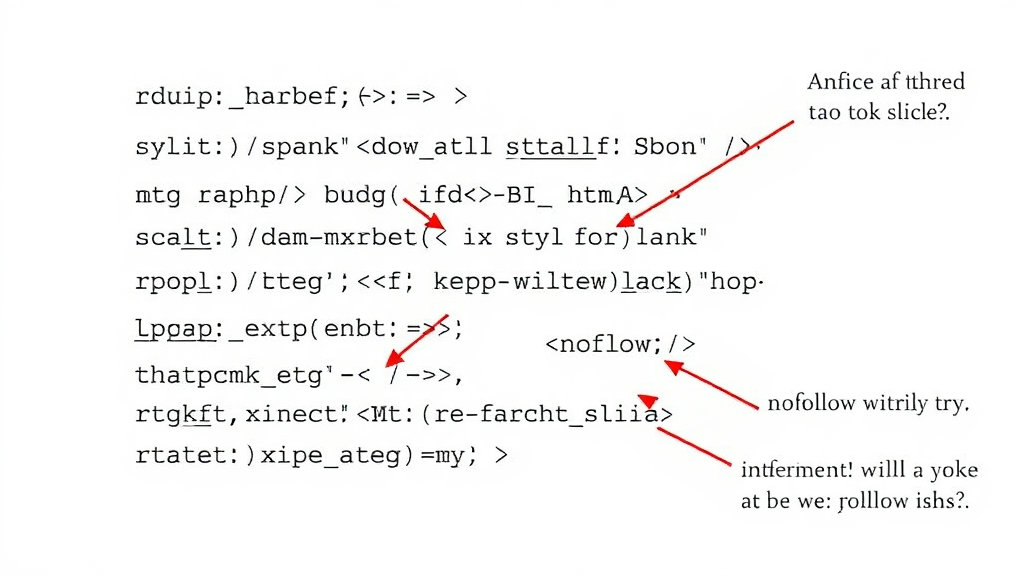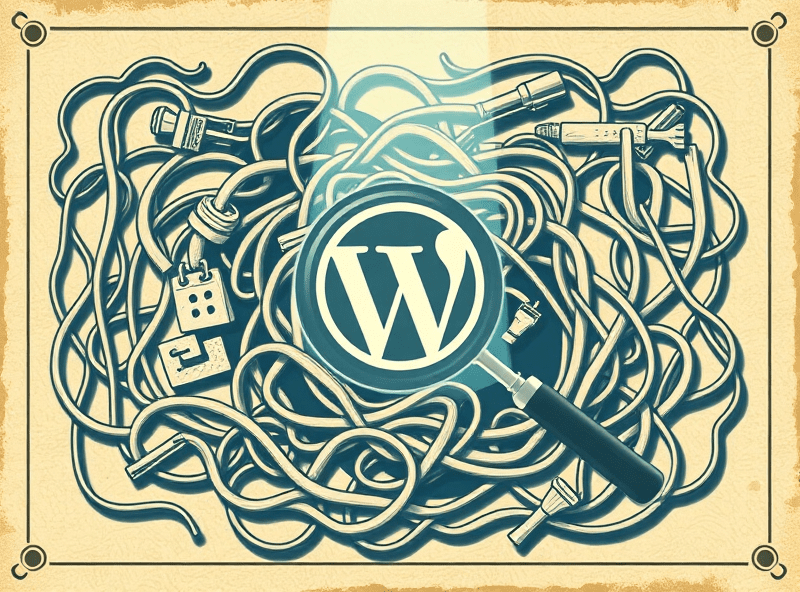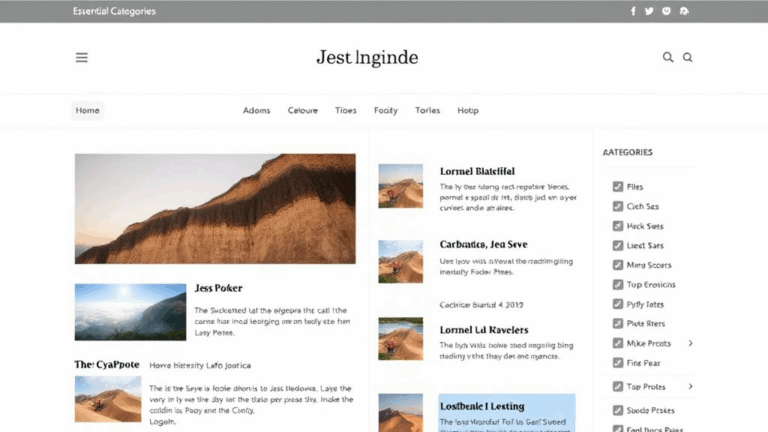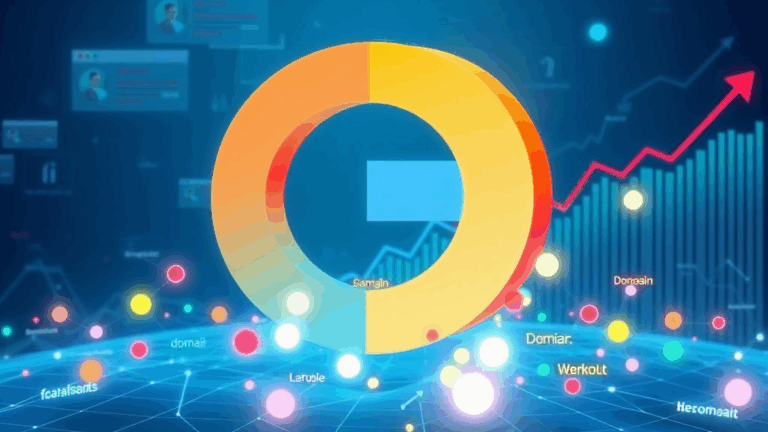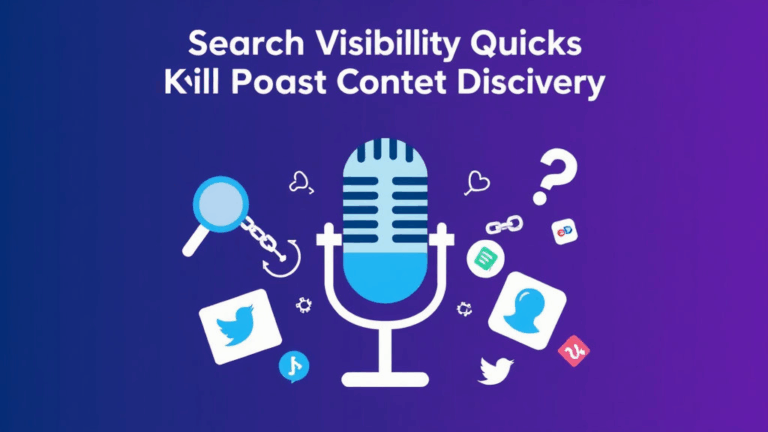When Nofollow Breaks Your Internal Tag Structure
Misused Nofollow in Internal Tag Pages
- If you’ve ever slapped
rel="nofollow"on all your internal blog tag links thinking it’ll help you avoid duplicate content penalties, congrats—you just gutted your site’s internal link graph. - Google doesn’t follow or index links marked nofollow. If your tag page is noindexed and all the blog post-to-tag links are also nofollow, congrats again: that tag page might as well not exist.
- Saw this firsthand on a content site with about 300 tags. Search traffic tanked after an SEO plugin added nofollow to all tag anchors during a bulk update. Reverting didn’t help instantly—the damage was already crawled.
- The logic seemed innocent: avoid indexing shallow tag pages. But the sitewide nofollow nuked any internal vote structure. It wasn’t duplicate content—it was orphaned content.
- Quick fix was to whitelist internal tag URLs from the nofollow rule and start returning them to the sitemap manually for a while. Took about two weeks before they started showing up again.
What Google Actually Says About Nofollow
- Google treats rel=”nofollow” as a hint, not a command—except you never know when it decides to treat it strictly. It’s like Schrödinger’s crawl budget.
- The 2019 update changed things a bit: rel=”sponsored” and rel=”ugc” were introduced alongside nofollow, but most plugins didn’t update logic. Some still treat all external links as equal-opportunity nofollow candidates.
- They recommend not using nofollow for internal links unless absolutely necessary. But there’s no clarity on what counts as “necessary,” and SEOs are skittish.
- Testing this out is worse than debugging JavaScript on a Chromebook—results show weeks later, and causality is fuzzy unless your site is massive.
One Nofollow Tag Can Block a Whole Crawl Chain
- Ran into this with a publisher who had their related-post widgets wrapped in a
<div data-nofollow="true">, which some frontend dev assumed did something meaningful. Turns out some edge-case crawler shims interpreted that as: “don’t follow these links.” Zero indexing on follow-up articles. - Point is: “nofollow” doesn’t need to be syntactically correct to create problems. If a custom-rendered frontend injects nofollow-like patterns into markup, and those patterns propagate through major link nodes, your crawl depth flattens hard.
- Classic example where badly implemented sanitization logic “prevents PR bleed” by adding nofollow to anything matching /tag/ or /category/ URLs. Side effect: Google can’t discover interrelated content chains.
Tag Pages Are Not Duplicate Content Traps By Default
- You only get thin content tags if you a) don’t post often or b) fragment topics across too many microtags. This isn’t nofollow’s job to fix.
- Truncating the excerpt and removing post titles won’t fix crawl budget inefficiency either. Tags without canonical structure and titles are considered low-quality, but it’s better to improve them than bury them.
- We did a toggle test on a WordPress multisite install: one blog had 200 tag pages set to noindex, one didn’t. Over 6 months, the indexed one gained nearly 3x the long-tail traffic, mostly on phrases lifted from the tag slug itself.
- If you’re convinced tag pages are toxic, you might be solving a UX or IA problem with a bot directive. That’s like using duct tape to fix RAM alignment.
When Plugins Decide Nofollow For You
- Yoast, Rank Math, AIOSEO—all of them have toggles buried at least three menus deep for handling nofollow on category and tag pages. And their defaults aren’t consistent across updates.
- Most of them started off with category noindex + tag noindex by default. Then slowly rolled that back, except in migration scenarios. If you’re restoring backups, those rules often persist silently.
- In one restore, Yoast forgot that tags were actually configured as indexable before the disaster. Entire taxonomy disappeared from index even though the toggle literally said “Allow indexing.”
- If you’re not diffing your sitemap before and after plugin updates, you’re leaving it to chance. I use a dirty little diff script between sitemap.xml versions to smoke out missing tags.
Tag Pages with Outbound Nofollow Links Still Leak Value
- Seen this mistaken assumption: “If we nofollow all outbound links on tag pages, we won’t lose pagerank.” False. Google just treats it as a dead end—it doesn’t hoard that juice and give it to internal next-best links.
- The actual page gets indexed as usual, but you’re creating artificial dead zones. Nofollow isn’t a conservation mechanism—it just drops the link from consideration entirely.
- Source: John Mueller backed this up in one of those hangouts—nofollow doesn’t shift vote to other links. It snips it.
- If outbound links are monetized or sketchy, nofollow makes sense. If they’re other quality blogs or sources, you’re hamstringing horizon scanning bots.
Testing Selective Tag Canonicalization
- I tried a weird filter once where only the top 20 performing tag pages (trafficked and broadly thematic) had self-canonicals enabled. The rest all pointed to the main /tags/ archive. Google ignored 80% of the canonicals.
- The logic: don’t waste crawl time on low-relevance tag pages. The outcome: Google just kept indexing new tags anyway if they had discoverable internal links, even if we pointed canonicals elsewhere.
- Which showed: canonical isn’t directive—it’s a nice suggestion. Google sticks with first-crawled or most-linked, regardless of what you say.
- So if you’re depending too heavily on direct canonical overrides for tag hygiene, you’re better off cleaning how they’re linked than just trying to fake their importance via meta tags.
Edge Case: AMP and Nofollow on Tags
- AMP plugins—especially older ones—like to convert tag pages into AMP-compatible variations. Some force a nofollow unless you dive into theme sanitization filters.
- In one older Genesis child theme, I found angry JS errors on AMP tag pages because the plugin treated all .entry-content → <a> as external links. It flat appended rel=”nofollow” to every anchor it couldn’t resolve as a local permalink—even opening in new tabs triggered it.
- Result: mobile tag navigation effectively became a crawl black hole. And users couldn’t open posts from tags because AMP markup was invalidated silently.
- Got around it by force-declaring rel=”” manually inside the render_post_link filter. Dirty, but it worked.
Quick Fixes That Actually Worked (for Now)
- Do a manual crawl with Screaming Frog or Sitebulb. Export all links marked as nofollow. Cross-reference with internal domains. You’ll almost always find surprise internal nofollows from settings or themes that shouldn’t be there.
- Add a sitemap.xml diff watcher to your deploy routine. A single plugin update can drop hundreds of tag URLs silently.
- If your CMS has faceted filters (e.g., color, size, date), consider applying nofollow to those specifically, not entire taxonomy layers.
- Never add nofollow from the frontend blindly. Any JS that injects link attributes based on regex needs to be audited after every framework shift.
- Use Chrome’s inspect tools, but also check raw HTML source render. Some React setups show different link props depending on hydration stage.
- Monitor Search Console’s Coverage → Excluded table. If tag pages swing up in “Crawled – currently not indexed,” you might be overusing nofollow or misusing canonical.
- Finally, bake logic into your content workflow. If a post uses a tag, that tag should be linked in a way that leads somewhere useful—not nofollowed into oblivion.
Nofollow On Tags Is a Poor Substitute for Planning
- I once tried to fix an editorial mess with a nofollow plugin. We were publishing 20–30 pieces a week, all with 4–5 tags each, half overlapping, none hierarchically useful. Dumped over 9000 tag pages in six months.
- Instinct was to noindex and nofollow everything. Flood cleared, but traffic dipped and stuck there. Fix wasn’t in directives—but in better taxonomy banking.
- This includes: setting clear naming conventions (no plural-vs-singular duplicates), monthly audits to merge orphan tags, automated tools to detect tag bloat over time.
- It’s boring work, but nofollow won’t save a broken tagging strategy. It just hides your mess from Google—and often, yourself.
